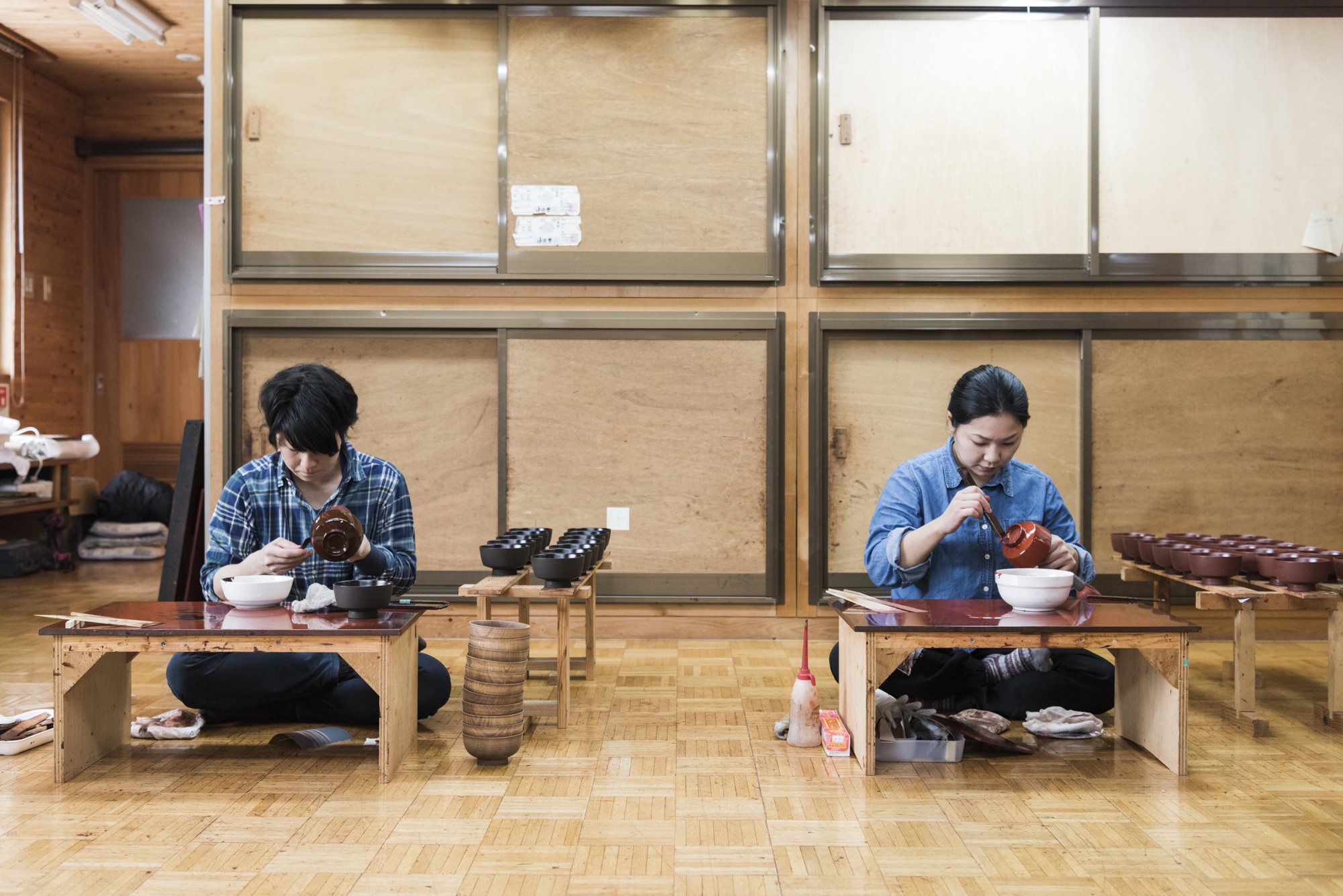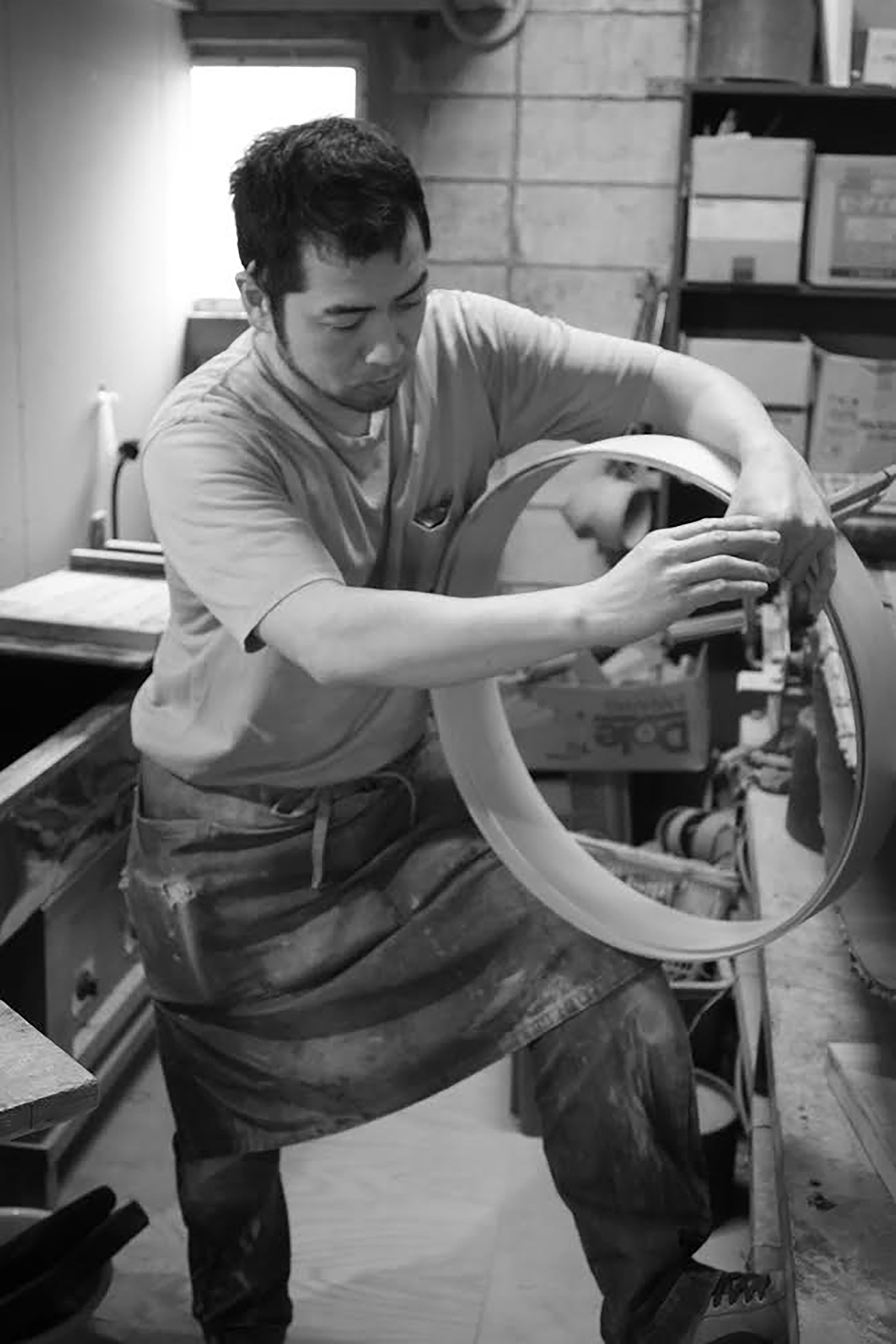Amu: Weaving Together Arts, Cultures and Communities
Image courtesy of Maki Aizawa
Celebrating the Spirit of Japanese Craftsmanship
Every year, Amu Arts applies with different artists to represent their organization and Japan’s deeply rooted craft traditions on the global stage. Through thoughtful selection and cultural stewardship, Amu showcases the diversity and depth of Japanese folk art—introducing International Folk Art Market audiences to a new region, technique, and story each summer.
Whether it’s woodworking, ceramics, textiles, or lacquerware, Amu artists exemplify a reverence for process, material, and heritage. While each artist brings a unique voice and background, they are united by a commitment to preserving tradition through innovation.
Explore the evolving story at IFAM.




